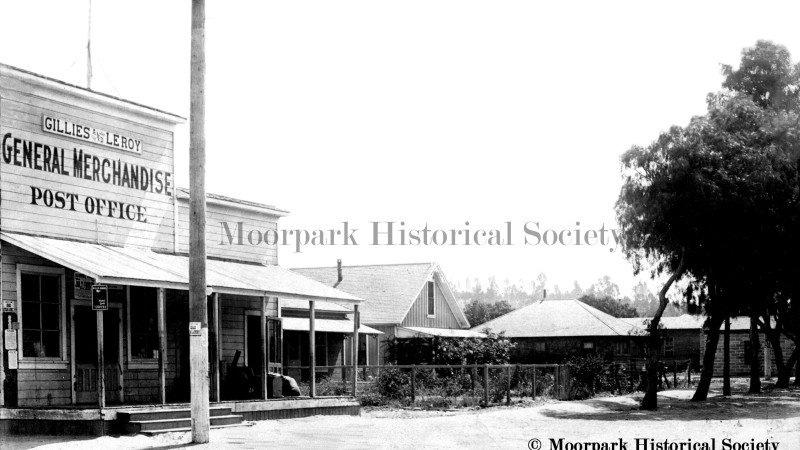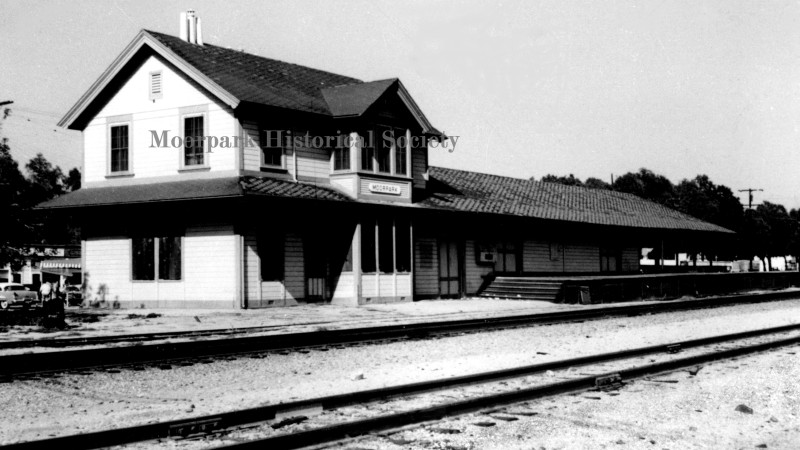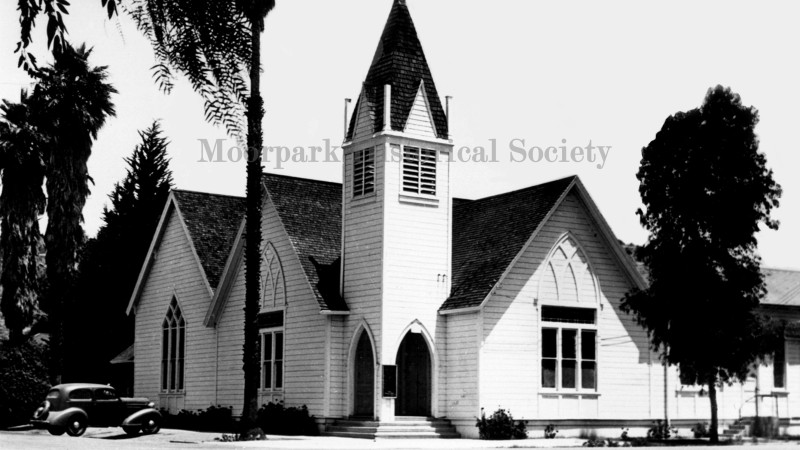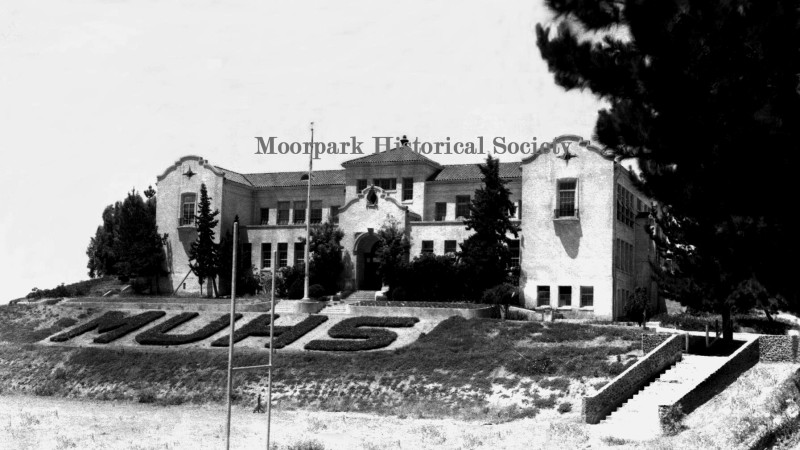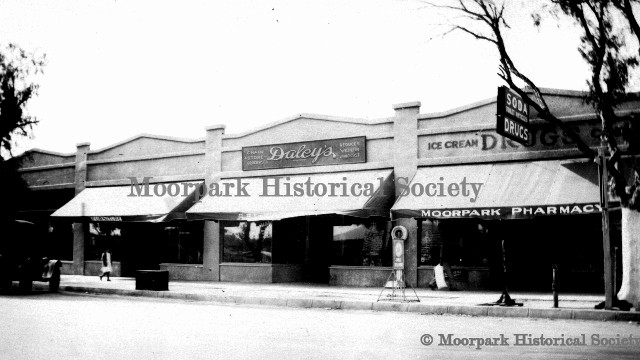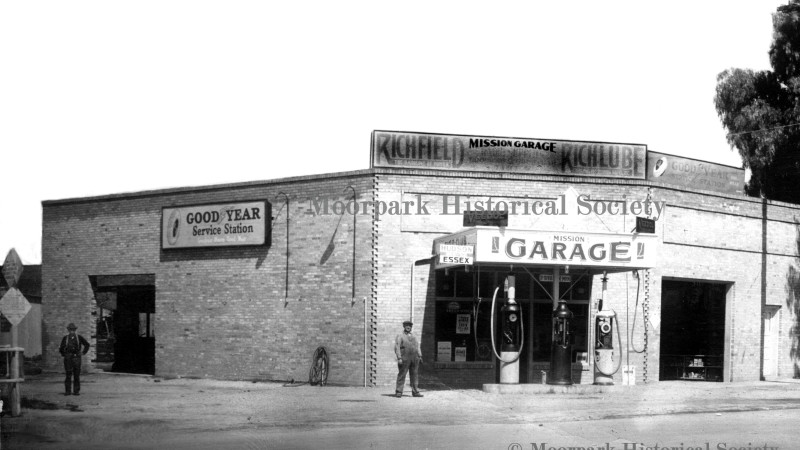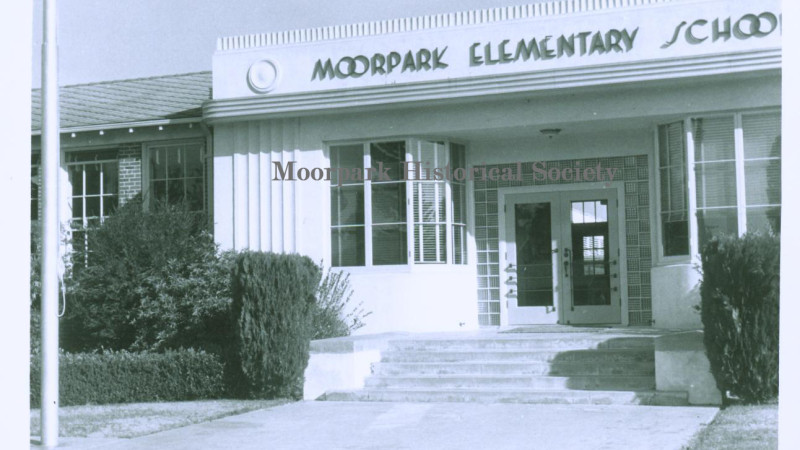The story of Moorpark began with a town that was built in the right place and at the right time- and not by chance! When the Southern Pacific Railroad announced in the 1890s that it planned to relocate its Coast Line route from Los Angeles to San Francisco by way of Chatsworth, through the Santa Susana Mountains, and on to Ventura, land speculation ensued. Robert W. Poindexter, an investment banker from Los Angeles and the Secretary of the Simi Land and Water Company, owned the plot of land that became Moorpark. Poindexter and his wife, Madeline, surveyed the area and laid out the town site in 1900. By March, a depot had been built and trains were arriving daily. An application for a post office was also submitted and approved that year. The completion of the Santa Susana tunnels in 1904 cemented Moorpark’s place in history and the town slowly began to grow.
For most of its existence, Moorpark’s main source of revenue was agriculture. In the early years, dry land farming was the preferred method as little irrigation was required. Dry land crops that were grown by early settlers included apricots, black-eyed beans, hay, and lima beans. As more wells were drilled and irrigation systems improved, walnuts and citrus became some of the preferred crops, due to the higher premiums they brought. Moorpark produced so many apricots that it was dubbed the “apricot capital of the world” and by the late 1920s was hosting a yearly apricot festival. After World War II, agriculture continued to play a large role in the economy but the poultry industry also became big business in Moorpark with turkey, chicken, and egg ranches dotting the landscape.
Moorpark remained a relatively small community until the late 1970s and early 1980s when large scale development took place in many areas that were previously used for agriculture. Moorpark became a city when it was incorporated on July 1, 1983. The construction of homes, condominiums, and industrial manufacturing facilities brought many new families and businesses to Moorpark. New schools were built and older facilities were modernized to accommodate the larger population and the city has continued to grow with a current population of just over 34,000.

